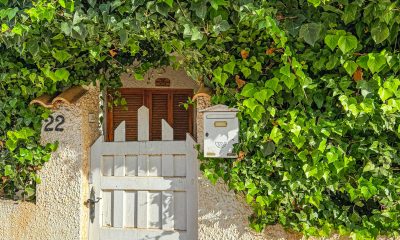News
The Vega Baja only recycles 402 tons of organic waste per year

According to data from the Vega Baja Sustainable Consortium for the 2024 financial year, approximately 400 tonnes of organic waste, which accounts for only 0.2% of the 190,000 tonnes of household waste generated by the 27 municipalities of Vega Baja, are separated from the rest of the rubbish for recycling at the recovery plants.
This insignificant percentage positions recycling at source in Bajo Segura light years away from the objectives established by European, state, and regional legislation, which specify what should not be buried in authorised landfills and recovered. The regulations stipulate that it should constitute 55% of the total by 2025, increasing to 60% by 2030 and 65% by 2035.
The brown container, which is indispensable for the efficient collection of selective refuse, is not a mere whim of environmental consciousness. It is also a highly practical and economically sustainable issue. It is estimated that approximately 40% of household refuse is organic waste. In the case of the Vega Baja, this would amount to 76,000 of the 190,000 tonnes of waste collected annually.
Modern disposal facilities can recycle a portion of the residual fraction; however, the organic fraction is the most critical. The economic interest of the industry that uses these materials for packaging would substantially reduce waste generation and, as a result, the costs of its disposal and transportation if the total weight reduction is achieved by recycling paper, cardboard, glass and plastic, which have high percentages of reuse circuits.
A situation that would, in turn, enable a decrease in the tax revenue collected, which is already being experienced by all residents of Vega Baja.
All decomposable refuse, including food scraps, vegetables, fruits, meat, fish, eggshells, and nuts, is included in the organic waste category. In the majority of municipalities, these wastes are now disposed of in the residual waste receptacle, also known as the grey container, and are not eligible for recycling.
However, the organic fraction can be recycled into compost for agricultural and other purposes if it is separated and its contents do not contain a significant amount of unsuitable material, such as other non-organic remains. The most significant aspect is that it would not require landfill disposal.
A statistic that substantiates the degree to which municipalities disregard the brown bin: Dolores, a municipality with a population of just over 8,500, recycles 207 tonnes, which is more than half of the total for the region. The implementation of a door-to-door collection system in nearly the entire municipality is producing positive results, despite the fact that it was not without controversy. The municipality’s dedication is the reason for the minor improvement in the dismal 2023 record, which saw only 30 tonnes of waste recycled at the regional level.
In 2024, an additional 105 individuals will originate from Torrevieja. This is a significant increase. The municipality that generates the most waste in the region, accounting for nearly 25% of the total 190,000 tonnes of household waste in the Vega Baja, has a resident population that multiplies during the tourist season and exceeds 100,000 registered inhabitants. The total waste generated is 49,000 tonnes.
An awareness campaign in schools, which removes organic waste from cafeterias, and a second, very limited, campaign among local hospitality businesses, which distributed tiny brown containers, are the sources of this organic waste record. In the city’s over 600 restaurants and cafes, these containers recycle only a small portion of this form of waste.
At the same time, the recycled organic fraction counter in Orihuela, the other significant generating municipality in the region, which collected over 45,000 tonnes of waste in 2024, remains at zero. The municipal service of the City Council, which has been precarious for more than a decade, is currently anticipating a decision to renew it.
Rojales, with 64 tonnes of selected organic waste, follows Dolores and Torrevieja on the select list of municipalities that are endeavouring to comply with the legislation. This is also a negligible amount for a municipality with 20,000 residents that annually collects 9,000 tonnes of refuse from its streets. Another company that claims credit is Daya Vieja, which accounts for 6% of its production with 17 tonnes. The gate has been partially implemented in this municipality, which has a population of little more than one thousand and is the smallest in the region. Granja de Rocamora and Formentera del Segura also exhibit nearly identical figures.
The 2025 balance sheet should include Albatera, Redován, and Almoradí by the end of the year. This could significantly increase the figure, although it is still clearly insufficient as long as Torrevieja, Orihuela, Pilar de la Horadada (14,000 tonnes of waste collected annually) and Guardamar del Segura (another 9,600) do not participate.
The Vega Baja Sustainable Consortium anticipates that these figures will progressively rise. However, the implementation of the regional waste treatment plant is presently being processed, albeit with some difficulty, as a benchmark for the “leap” in compliance with waste legislation, in which Vega Baja consistently fails to comply with record-breaking regulations at the state level.
Discover more from Costa Blanca Daily
Subscribe to get the latest posts sent to your email.
Costa Blanca
Residents of El Mojón in Pilar de la Horadada will receive mail at their homes
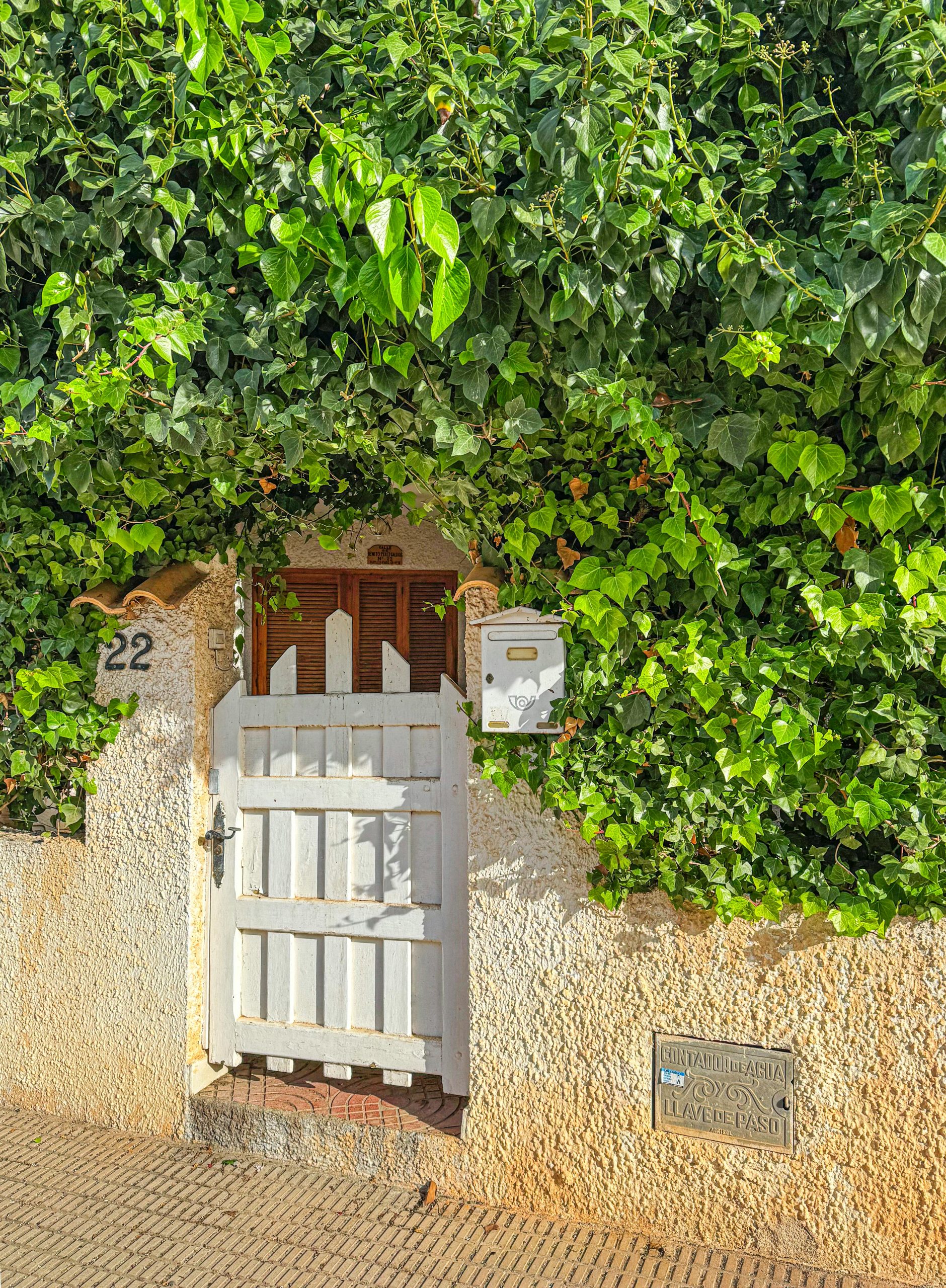
The National Commission of Markets and Competition has determined that the delivery of standard postal items in the population entity of El Mojón, which is located in the municipalities of San Pedro del Pinatar (Murcia) and Pilar de la Horada (Alicante), must be made to the mailbox of homes or premises. Consequently, the Commission of Markets and Competition has directed the State Company Correos y Telégrafos to commence deliveries to home mailboxes within the next fifteen days.
This agreement is advantageous to the 581 residents of El Mojón, which encompasses an area of 57.09 hectares and includes 1,473 residences and 19 commercial establishments in the municipality of Pilar de la Horadada.
This is in accordance with the requests of the town councils and residents’ associations, who requested that the Commission of Markets and Competition acknowledge El Mojón for home letter delivery. El Mojón has a comprehensive system of facilities that are dispersed throughout its area, including urban green areas, educational, sports, cultural, healthcare, and administrative facilities. This system integrates these elements into a single, continuous urban element, which gives the population entity the characteristics of an urban centre. The fact that it is considered a Zone of Great Tourist Affluence throughout the year for the purposes of business hours and, above all, that it presents continuity with the population centres of Torre de la Horadada and Mil Palmeras, cannot be equated to a set of independent and differentiated urbanisations.
Additionally, there was a comparative grievance regarding the distribution of standard postal items in Mil Palmeras and Torre de la Horadada, where these items are being delivered.
José María Pérez, the mayor of Pilar de la Horadada, expressed his incomprehension regarding the fact that individuals who possess properties with odd numbers on Alhelí Street, which divides the urban centres of El Mojón and Torre de la Horadada, are not receiving letters at their residences, while those who possess properties with even numbers are receiving them in their mailboxes.
The case bears resemblance to the file that the Commission of Markets and Competition handled to facilitate the delivery of standard postal items to residents in the following areas of Orihuela Costa: Dehesa de Campoamor, Cabo Roig, La Zenia, La Zenia II, La Regia, and Mil Palmeras.
Discover more from Costa Blanca Daily
Subscribe to get the latest posts sent to your email.
Costa Blanca
More than 200 paddlers compete in the 16th edition of the Eurochallenge in Villajoyosa
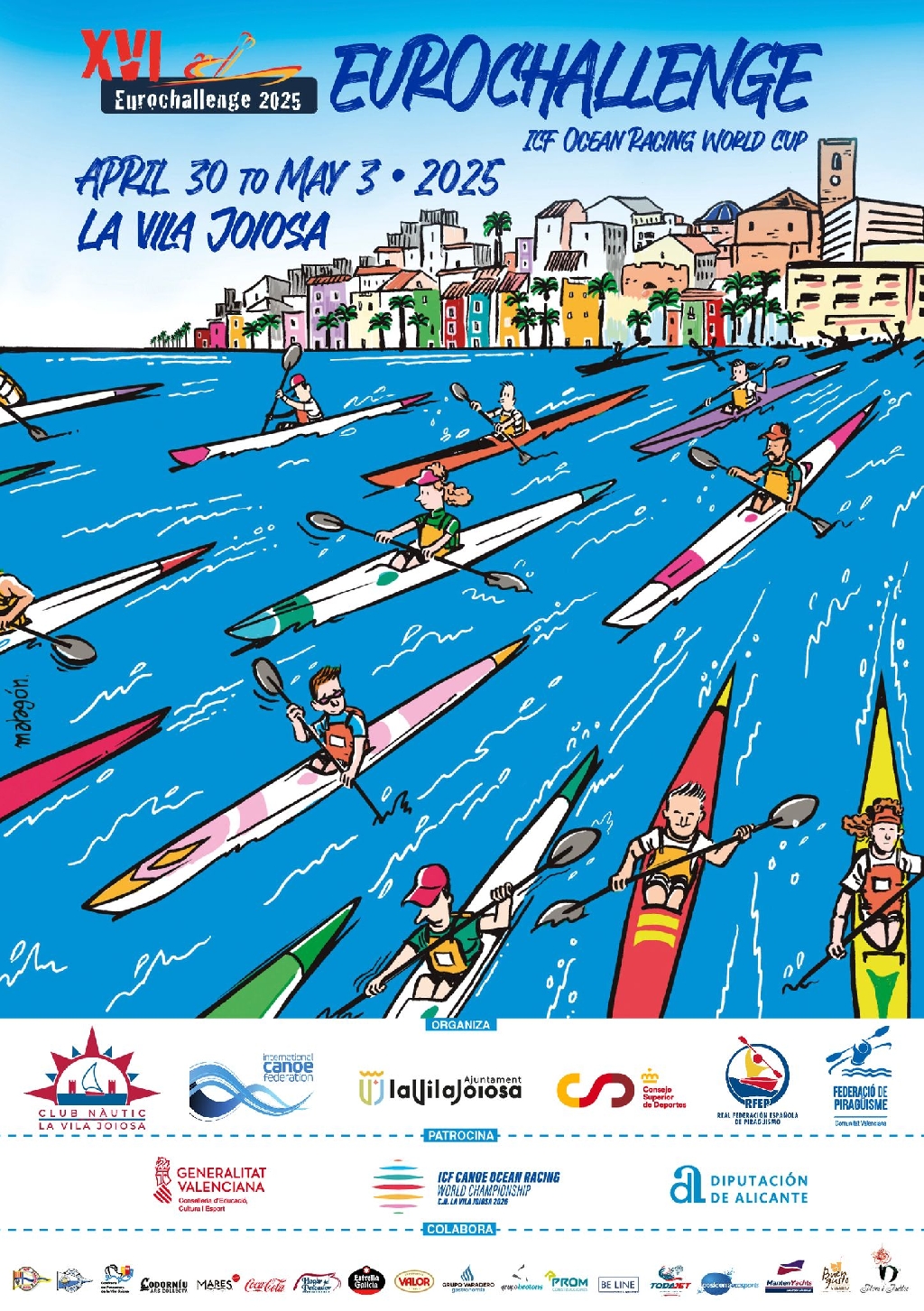
The 16th iteration of the Eurochallenge, the Sea Kayaking World Cup, begins today and is organised by the Villajoyosa Yacht Club. The Downwind, the championship’s principal event, is set to commence tomorrow, Friday May 1st, with over 200 rowers representing 15 nationalities already present in Villajoyosa. The athletes will commence the competition at the central shoreline and travel 22 miles to Campello.
Representatives of the Spanish Canoeing Federation, the General Director of Sports, Luis Cervera, the Mayor of Vila Joiosa, Marcos Zaragoza, and the Sports Councillor, Peyo Lloret, will participate in the trophy ceremony in the afternoon, following the spectacular lifesaving event on the central beach on Friday May 2nd.
This competition, which is considered a World Cup this year, unites the world’s most accomplished paddlers and is distinguished by the quantity of participants, as well as the quality and diversity of nationalities that establish this international sea kayak series as a benchmark in the international calendar.
The following paddlers are among the participants: the world and European champions Rice, Fenn, and Hart from South Africa, Vilella from France, Pereira from Portugal, and Harbrecht from Germany, as well as Kira Bester from South Africa, the French Le Roux and Delrieux, and the Spanish Bunnett. In terms of the local athletes, Marian Hernández is performing exceptionally well this year, thanks to her impressive times. Sara Mengual has secured second and third place finishes at the last two World Championships, and juvenile Andrea Jiménez has recently attained European qualification.
The 16th edition of the Eurochallenge, which is organised by the Villajoyosa Yacht Club, is made possible by the collaboration of the Vila Joiosa City Council, the Valencian Government, the Superior Council of Sports, the Alicante Provincial Council, the International Canoeing Federation, the Royal Spanish Canoeing Federation, the Canoeing Federation of the Valencian Community, and numerous other entities, including the Campello Yacht Club and the Altea Yacht Club.
The Eurochallenge has emerged as a prelude to the Sea Kayaking World Championship, which Villajoyosa will host in 2026, and it has become a prominent sports competition on a global scale. It welcomes athletes and travellers from a variety of backgrounds.
Discover more from Costa Blanca Daily
Subscribe to get the latest posts sent to your email.
Costa Blanca
Aena closed the first quarter of 2025 with a profit of 301.3 million euros
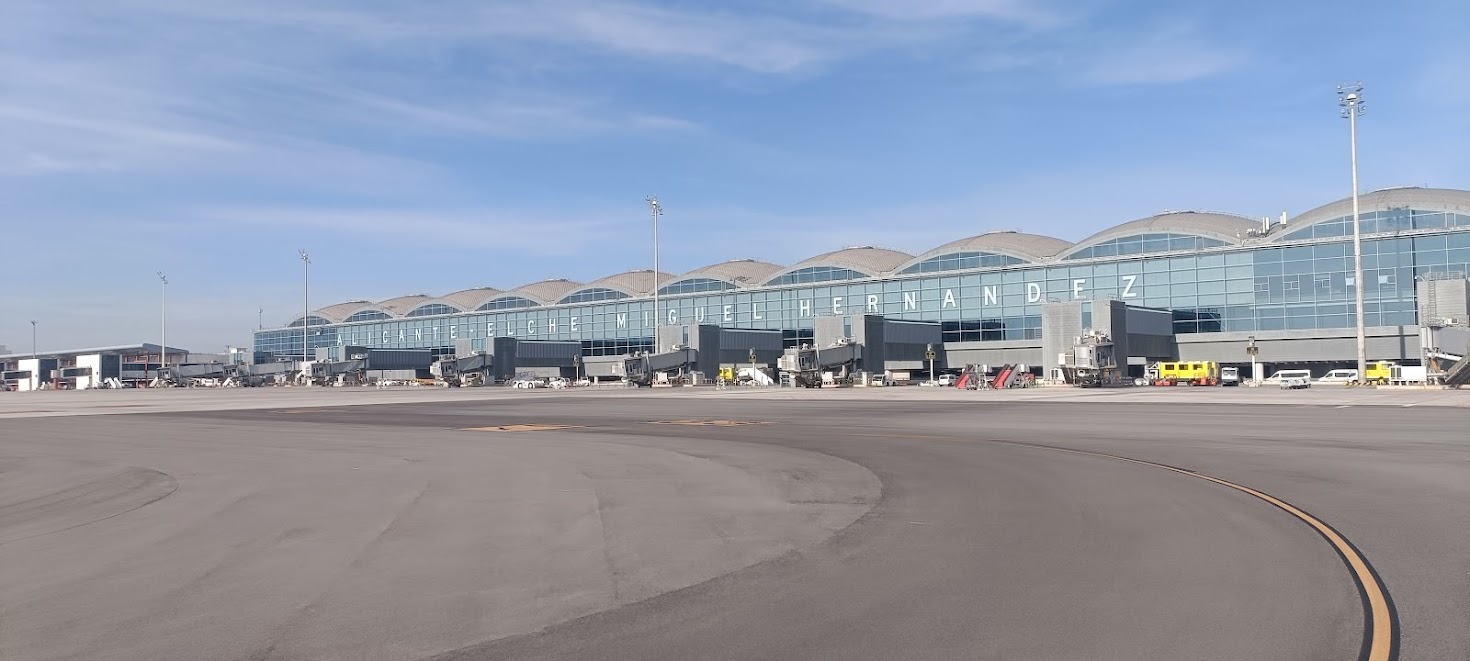
Aena’s net profit for the first quarter of 2025 was €301.3 million, which represents an increase from €261 million in the same period of the previous year. The gross operating profit was €643.6 million, with a margin of 48.6%. In comparison to 2024 (€581.1 million), this figure indicates a 10.8% increase.
The total consolidated revenue for the first quarter of 2025 was €1,325.6 million, a 7.5% increase from the same period in the previous year. Aeronautical revenue was €683.6 million, while commercial revenue was €441.1 million.
The Brazilian Airports Block (BOAB) consolidation generates €46.8 million in revenue and €25.7 million in EBITDA. The Aena Group (Spain, London-Luton, and Aena Brazil) expanded its passenger traffic to 78.3 million, a 4.9% increase from 2024.
The number of passengers at Spanish airports increased by 4.7%, reaching 63.6 million. The timing of Easter, which occurred in March last year and April this year, as well as the fact that last year was a leap year, has an impact on the comparative figures with the same period in 2024.
Investments
The investment, which totalled 203.1 million euros between January and March 2025, was primarily directed towards the enhancement of operational safety and airport facilities.
In the first quarter of 2025, Aena Group’s OPEX, which encompasses procurement, personnel, and other operating expenses, increased to €691.9 million from €659.9 million in the same period of 2024. The evolution of these expenses is indicative of the group’s personnel expenses (+10.7%) and the Spanish network’s expenses for items such as electricity (+22.4%), maintenance (+9.5%), and security (+8.3%).
The year-on-year increase in other operating expenses at the Spanish airport network was €17.1 million, which is 4.7% higher than the corresponding period from January to March 2024, excluding the impact of energy. The consolidated group’s net financial debt-to-EBITDA ratio decreased to 1.37 times from €5,498 million for the full year 2024, as the Aena Group’s consolidated accounting net financial debt stood at €4,886 million.
The first quarter of 2025 saw solid cash generation. The net cash generated from operating activities increased to €820.4 million from €723.7 million in the first quarter of 2024.
Discover more from Costa Blanca Daily
Subscribe to get the latest posts sent to your email.
-
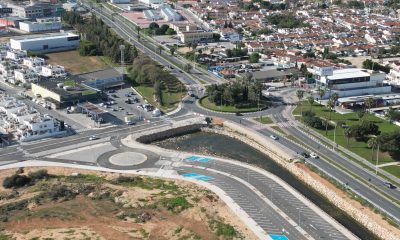
 Costa Blanca2 weeks ago
Costa Blanca2 weeks agoTorrevieja fails to comply with its commitment to open new road at La Hoya for Easter
-

 Costa Blanca2 weeks ago
Costa Blanca2 weeks agoArrested in Murcia for activities linked to jihadist terrorism
-
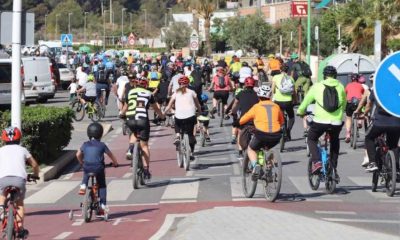
 Costa Blanca2 weeks ago
Costa Blanca2 weeks agoBenidorm will celebrate the 40th ‘Bike Day for All’ on May 4th
-

 Costa Blanca2 weeks ago
Costa Blanca2 weeks agoTwo new quad bikes to monitor the beaches of Benidorm
-

 Costa Blanca2 weeks ago
Costa Blanca2 weeks agoTorrevieja aims to have 200 local police officers by 2027
-
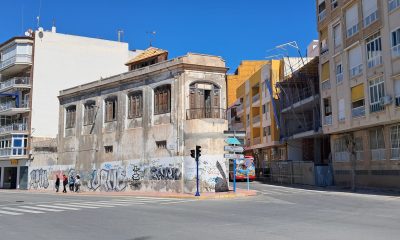
 Costa Blanca2 weeks ago
Costa Blanca2 weeks agoThe renovation of the Torrevieja ice factory will cost 6.6 million euros
-
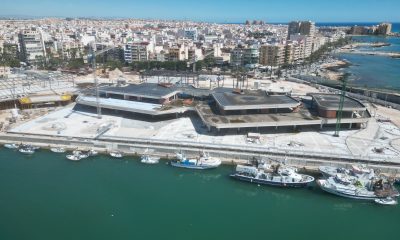
 Costa Blanca2 weeks ago
Costa Blanca2 weeks agoThe new leisure area of the port of Torrevieja postpones its opening
-

 Business and Financial2 weeks ago
Business and Financial2 weeks agoGoodbye to traditional credit cards: the most radical change is here, and banks confirm it

